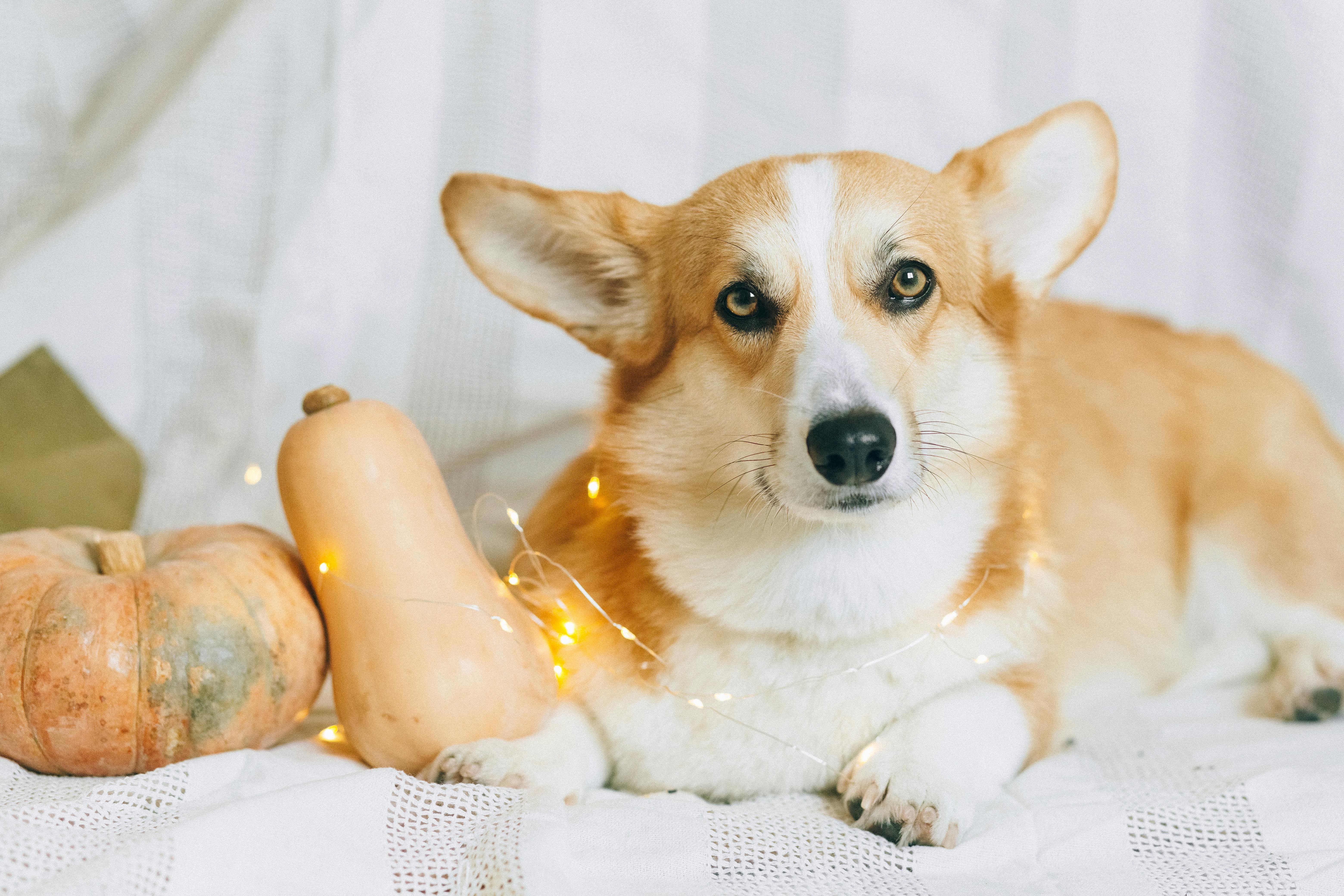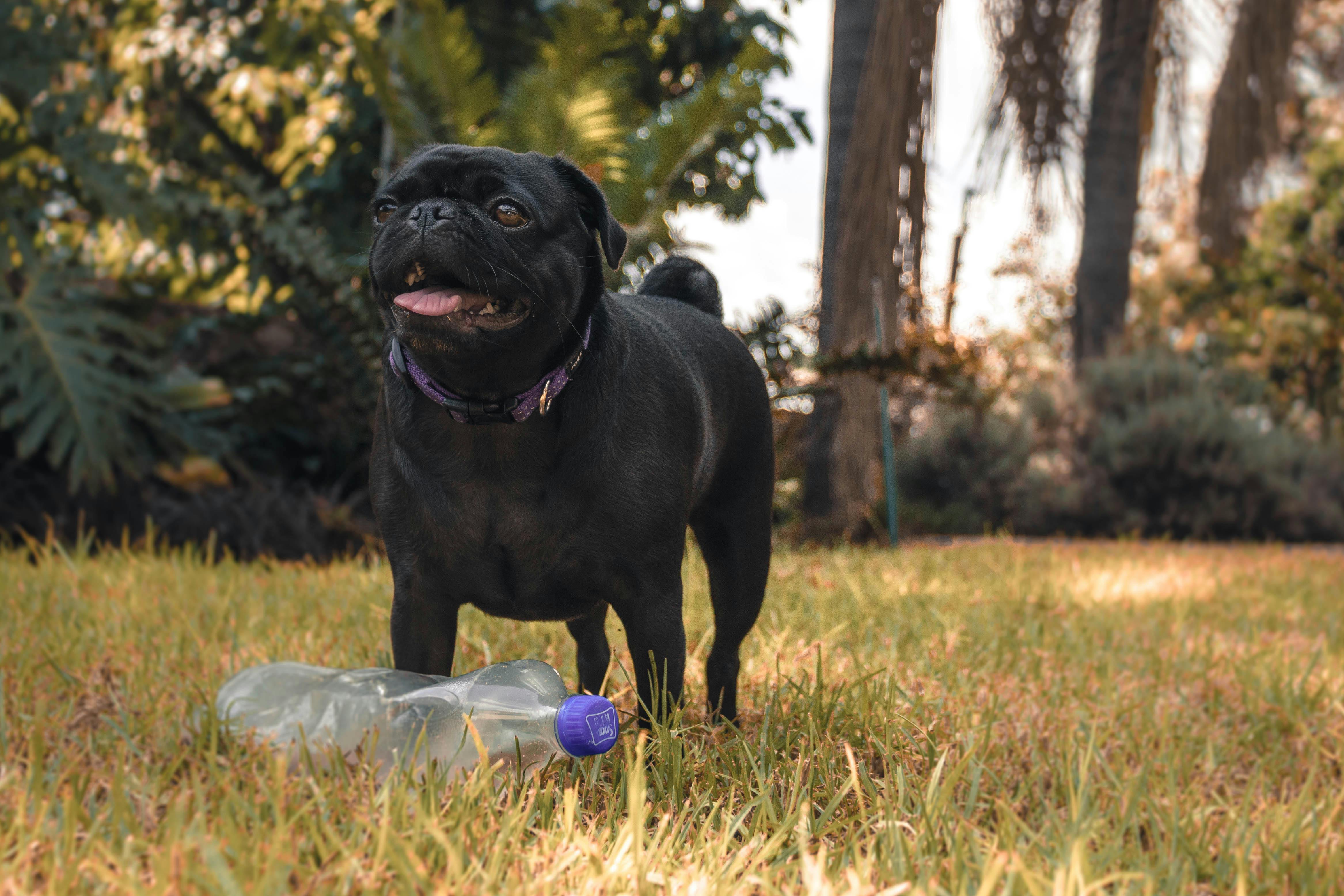
Successful secrets for obedience training your Jack Russell
As a dog owner, you will definitely find a pride and joy in owning a dog that is obedient, affectionate, and can provide you with great companionship. However, all of these traits that are highly desired by dog owners do not come naturally to their dog. This is because every dog has a natural animal instinct and must be obedience trained, preferably from a young age to achieve the desired traits.
As such, all dog owners should seriously consider dog obedience training so that their dog cultivates good habits and is disciplined. In fact, dog obedience training should be an integral part of your dog’s life. Just like humans who have to go through several years of education before joining the workforce, your dog must also go through its own “education” process to be a good dog.
If you’re considering training your Jack Russell on your own, let me share with you the secrets I’ve learned the hard way from training and owning many Jack Russells and other dog breeds.
Secrets to Obedience Training Your Jack Russell
Many people like the Jack Russell breed and simply go out and adopt a Jack Russell puppy or dog without having a good understanding of the nature of the breed. Unfortunately, the secret and critical key to successfully keeping a Jack Russell is to truly understand the roots of this particular breed of dog. In fact, this is the most important secret that many Jack Russell owners missed and then ran into a lot of challenges.
The Jack Russell terrier was originally bred to hunt foxes. Make nature its “job” to chase and hunt foxes and other small animals that run very fast; the Jack Russell has to be small, smart, cunning, bold, fast and hardworking.
As such, whenever you are facing obedience issues with your Jack Russell, you should review these traits and see if the obedience issue is in any way related to them. Here are some secrets I’d like to share with you for successfully training your terrier to obey:
• Always begin training by assigning tasks that you know your terrier is capable of performing. If you demand too much of your dog’s performance, he may become frustrated by your demands and this could have negative consequences.
• During your dog’s obedience training, never punish your terrier for something he has done wrong. Always check and evaluate to see if errors could have been avoided. For example, you might have overexerted your dog by having a long, drawn-out workout; make your dog tired and make mistakes. If the mistake is made by your dog, ask him to repeat the task again to make sure he doesn’t make the mistake again. Sometimes your dog may need a few repetitions before he understands how to do a particular task well.
• Some people think that penalizing their dog will make it more obedient. For example, they will jerk the leash when your dog doesn’t want to move. However, this only causes negative feelings in your dog. So instead of pulling on the leash, you can instill a sense of guilt in him by telling him in a firm, stern voice what he did wrong and then ignoring it. Dogs are very smart. When he feels those negative feelings that you are directing towards him, he will know that he has done the task wrong.
• As with many animals, the “reward” secret always works. If you go to the circus, you will notice that the artists reward the animals for the tasks performed and successfully completed. This is his secret to getting animals to do what they have been taught. I have used this method with my dogs and find it to be one of the most useful methods in obedience training. A reward can be food, petting, verbal praise, or any other action you know your dog likes.
• Another important secret to successful obedience training is consistency. You have to be consistent in every action of your obedience training; otherwise, you are giving your dog mixed signals and he will become confused and unable to respond the way you intended.
Getting your dog to behave and be obedient is not that difficult. All you need to do is understand the nature of the breed and then apply the secrets I shared and you will find that most of the time your dog will respond positively.








